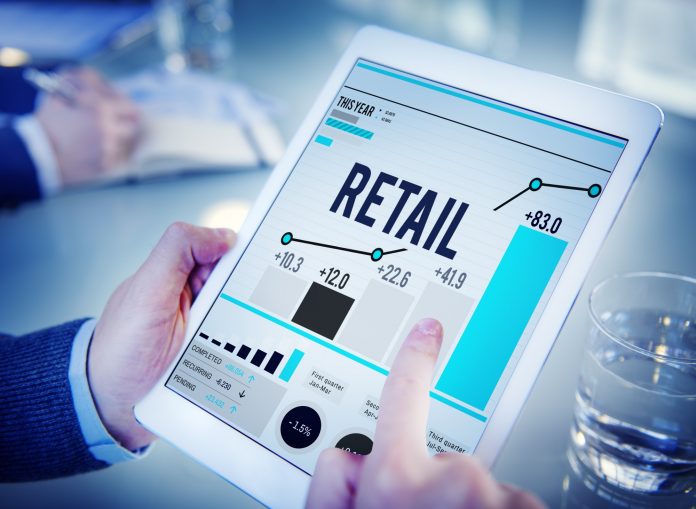It has been more than a year since the Covid-19 pandemic first struck the country and hit retailers hard.
From Tableau Country Manager – Australia and New Zealand Gavin Jones.
Even though many stores have opened their doors in the meantime, there is still enormous uncertainty in the industry – about customer sentiment, staff and, above all, inventory levels.
Late last year, the Australian Retailers Association estimated that 90% of its members had been affected by warehouse or supply chain disruptions due to the coronavirus. There have been tons of headlines about empty supermarket shelves or shortages of baby food as customer demand soared.
But even today, many retailers in many different industries face intermittent inventory shortages due to ongoing disruption in manufacturing and supply chains. For example, local car dealers experience extended delivery times for some models from two weeks to almost three months.
When the supply chain is disrupted, it has an impact on costs, which must influence retailer's decisions. And when a retailer cannot meet demand, it is important that they know how to bridge the gap with other vendors while also considering the cost implications of adjustments.
Amid this uncertainty, many local businesses are turning to data analytics and artificial intelligence to help.
In addition to tracking current inventory, data analytics can help predict future needs by analyzing supply chain patterns, customer demand, and other key variables. 6Guaranteeing availability or staying connected to this data throughout the supply chain can in turn reassure retailers and customers.
According to a recent survey commissioned by Tableau, 82% of data-driven Australian companies believe they have gained crucial advantages during the pandemic. The benefits for companies include more effective communication with stakeholders (51%), faster strategic business decisions (49%), greater agility of their company (45%) and improved cross-team collaboration (42%).
These recommendations are based on huge amounts of data. Mondelez International, for example, the world's largest manufacturer of biscuits, chocolate and confectionery, uses a sophisticated procurement process to access more than 160 data fields and 42 million transactions – including orders, invoices and payments.
Fortunately, recent changes in analytics technology have made even huge amounts of data, such as those used by Mondelez, more accessible through intuitive dashboards and predictive recommendations.
These dashboards combine inventory and availability so retailers can act to avoid stock shortages. It's hard to predict which items will become the next popular commodity, but these tools make it more accessible to a wider range of employees.
During the pandemic, Australian technology consultants Billigence worked with BMW and Tableau to bring market insight tools to customer service reps and dealers in 12 countries in Asia Pacific through a centralized Insights hub.
Despite the disruptions felt throughout the automotive industry, the Insights Hub offered expanded functionality and enabled seamless collaboration with external partners.
Companies like Australian cosmetics retailer Mekka are also using predictive analytics to shape consumer demand through greater personalization.
By integrating predictive tools into its Tableau business intelligence platform and AWS data warehouse, Mecca has not only been able to recommend products that are better suited for its customers, but also closely tie this to product availability in store and online. Early trials showed an increased average order value of more than 50%.
The months ahead will remain challenging for retailers in Australia, as in other parts of the world. Fortunately, retail is entering a new era of analytics where businesses can leverage data as a strategic resource.
In the course of 2021, the use of data will further develop local retailers and prepare them for future changes.




